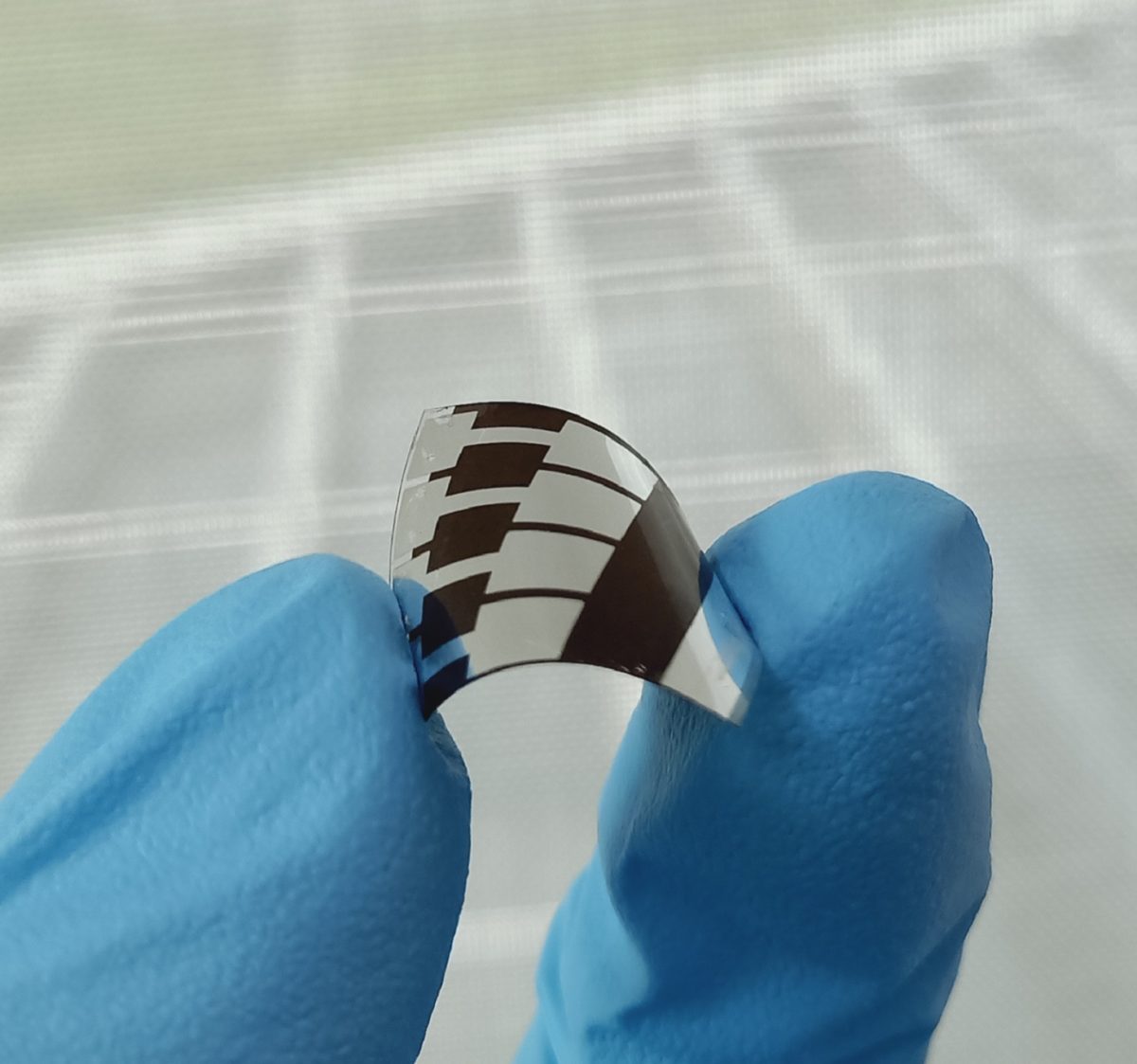Scientists from Singapore's Energy Research Institute at Nanyang Technological University have developed a co-evaporated perovskite solar cell with strong power conversion efficiency and good thermal stability.
“These cells could be used for a variety of applications,” researcher Annalisa Bruno told pv magazine. “In our, work we proved for the very first time the versatility of the thermal evaporation process in customizing the perovskite absorber for different architectures.”
The cell has a “p-i-n” layout and relies on co-evaporated MAPbI 3 films. The co-evaporation process used by the researchers allows the production of graded, customizable perovskite layers without adding extra layers or an additional passivation step. Background pressure is slowly decreased during the evaporation process to achieve the desired Fermi levels. These define the efficient conversion of energy of radiation into electrochemical energy.
Controlling and monitoring the growth and composition of lead(II) iodide (PbI2) and methylammonium iodide (MAI) during co-evaporation in forming the cell perovskite absorber is the main challenge of this manufacturing step. Different electron and hole-transporting materials (HTMs) were tested on the cell and the best performing device had an HTM made of [2-(3,6-Dimethoxy-9H-carbazol-9-yl)ethyl]phosphonic acid, which is also known as MeO-2PACz.
The champion cell, based on self-assembled monolayer (SAM) MeO-2PACz, achieved what the academics have described as a record efficiency of 20.6% and two different cells, based on 2,2“,7,7”-tetra(N,N-di-p-tolyl)amino-9,9-spirobifluorene (spiro-TTB) and poly(triarylamine) (PTAA) as HTMs, reaching 20.3% each.
“The narrow power conversion efficiency distribution for perovskite solar cells using the three different HTLs highlights the good reproducibility of these co-evaporated devices,” the research group said, noting that when the spiro-TTB device was scaled up to sizes of 1 cm2 and 1.96 cm2, its efficiency reached 19.1% and 17.2%, respectively.
“These unencapsulated co-evaporated p-i-n perovskite solar cells exhibit remarkable long-term stability, retaining 90% of their initial power conversion efficiency for over 1000 h on storage at room temperature,” the researchers said.
According to Bruno, these large-area devices are the most efficient co-evaporated perovskite solar cells of this size to date. The cells are also said to have remarkable thermal stability, as they retain more than 80% of the initial efficiency on thermal aging at 85 C for 500 hours.
“Given the developments of thermal co-evaporated perovskite over the last few years, we may be able to see these cells reaching commercialization within the next few years,” she said.
The scientists described the cell and related manufacturing technique in “Co-Evaporated MAPbI3 with Graded Fermi Levels Enables Highly Performing, Scalable, and Flexible p-i-n Perovskite Solar Cells,” which was recently published in Advanced Functional Materials.
This content is protected by copyright and may not be reused. If you want to cooperate with us and would like to reuse some of our content, please contact: editors@pv-magazine.com.




By submitting this form you agree to pv magazine using your data for the purposes of publishing your comment.
Your personal data will only be disclosed or otherwise transmitted to third parties for the purposes of spam filtering or if this is necessary for technical maintenance of the website. Any other transfer to third parties will not take place unless this is justified on the basis of applicable data protection regulations or if pv magazine is legally obliged to do so.
You may revoke this consent at any time with effect for the future, in which case your personal data will be deleted immediately. Otherwise, your data will be deleted if pv magazine has processed your request or the purpose of data storage is fulfilled.
Further information on data privacy can be found in our Data Protection Policy.